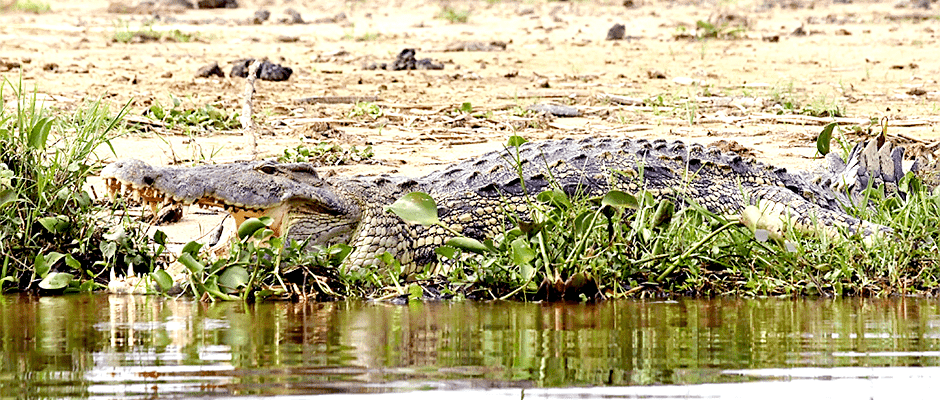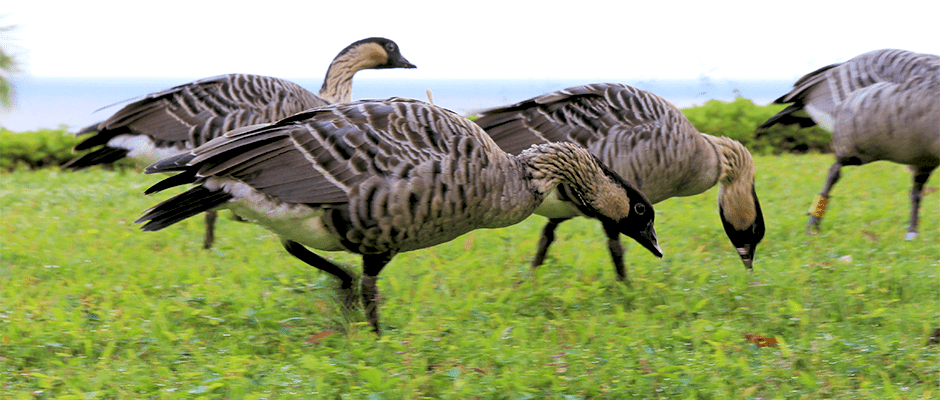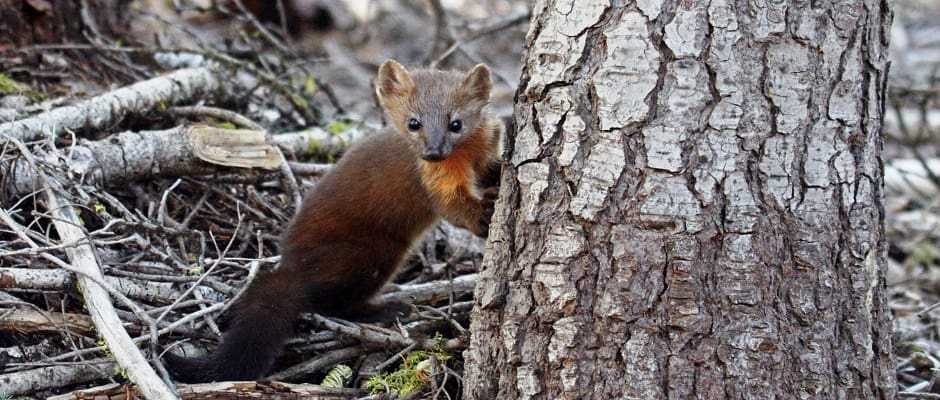- News
-
-
-
-
-
Latest News Articles
- New maps expand picture of big-game migrations in the West April 23, 2024
- Deep snows deter red foxes April 23, 2024
- Can biodiversity boost mental health? April 22, 2024
-
-
-
- Wildlife Professional Resources
-
- Our Network
-
- PUBLICATIONS
-
-
Recent Posts
-
 The Wildlife Professional November/December Issue
November 1, 2023
The Wildlife Professional November/December Issue
November 1, 2023
-
-
-
-
-
-
- Wildlife Events
-
-
-
Upcoming Webinars
- No Events
-
-
-
- Who We Are
-
Category: TWS Wildlife News

June 14, 2016
Tracking the exotic Nile crocodile in Florida
They crawl through rivers, freshwater marshes and mangrove swamps in sub-Saharan Africa, the Nile Basin and in Madagascar. At about 16 feet long and 500 pounds, the Nile crocodile (Crocodylus...

June 9, 2016
Toxoplasmosis parasite widespread even in healthy nene geese
Hawaii’s native geese may be too big for cats to hunt, but that doesn’t mean they are safe from the invasive predators. Parasites spread by cat feces kill about 4...

June 9, 2016
How songbirds respond to changing weather
Weather data sets and bird surveys from past years in the Badlands and prairie regions of the United States can give researchers clues about the future of songbird species. In...

June 3, 2016
Epic wolverine journey ends in North Dakota
Wildlife managers at the North Dakota Game and Fish Department knew the dead wolverine was special even before they performed a necropsy. It was the first wolverine (Gulo gulo) reported...

June 2, 2016
Improvements to fladry
At the edge of a field, a wolf stops to study movement in the distance. Bright red flags blow gently in the breeze, just enough to make the nearby fence...

May 25, 2016
Matched underpasses offer insight into deer movement
In California’s Sierra Nevada Mountains, construction teams are carving two new wildlife underpasses beneath Highway 89. The concrete structures, nearly identical in size and shape, will do more than provide...

May 24, 2016
JWM Study: Less forest thinning can benefit martens
Pacific martens had never been tracked by GPS collars in the high elevation forests they occupy — until recently. As part of a recent study published in the Journal of...

May 20, 2016
Horse & burro population grows; BLM lays out options
In November 2015, 20 members of Congress sent a letter to Neil Kornze, Director of Bureau of Land Management, requesting information on wild horse and burro management. Kornze responded last week, addressing...

May 18, 2016
Using environmental DNA (eDNA) to monitor endangered fish
In collaboration with the California Cooperative Fish and Wildlife Research Unit, geneticist Andrew Kinziger and graduate students at Humboldt State University set out to determine whether eDNA methods provide improved...

May 5, 2016
How prairie birds respond to wind turbines
While several studies have highlighted the direct impact of renewable energy infrastructure on North American birds — think birds colliding with turbines, for instance — researchers don’t know as much...

